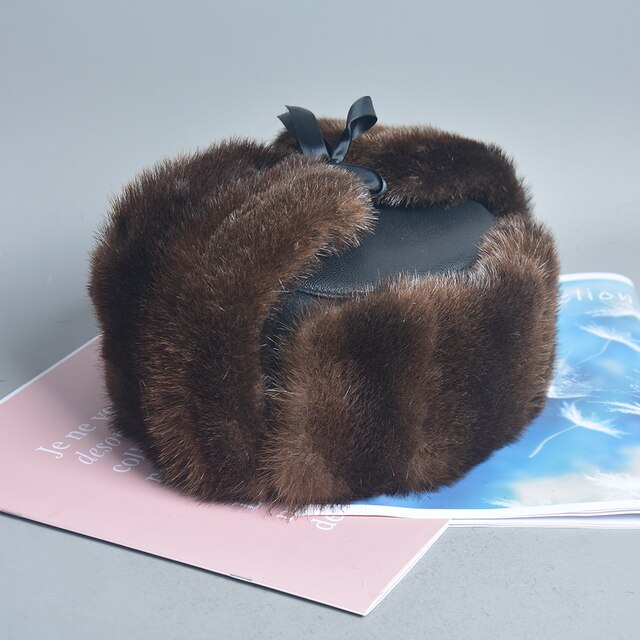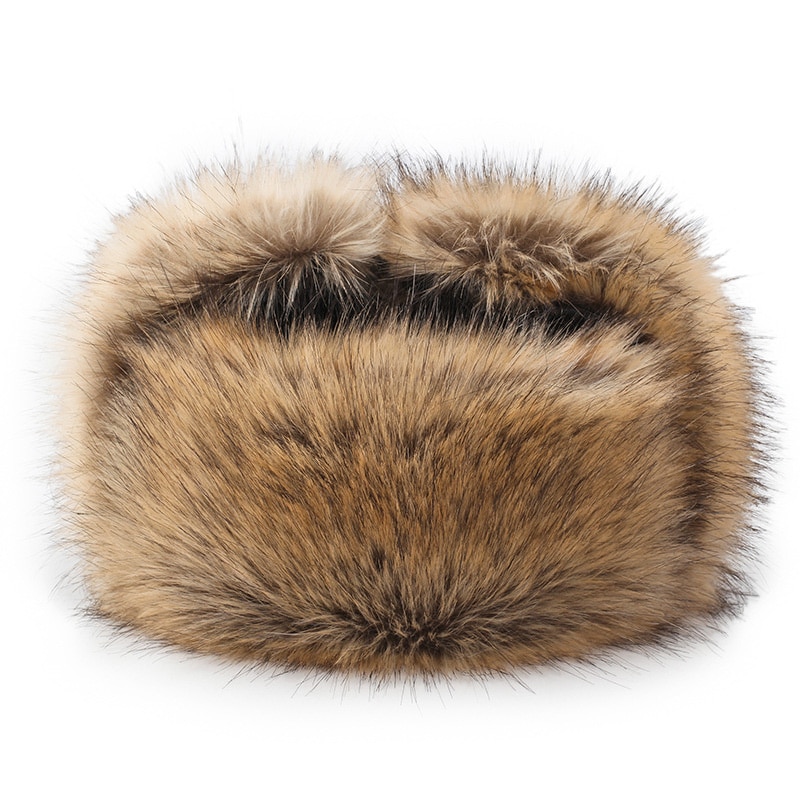
As outdoor enthusiasts, we know the importance of reliable and stylish headgear that not only protects us from the elements but also complements our adventurous spirit. Three iconic hat styles, trapper hats, fishing caps with neck flaps, and straw cowboy hats, have stood the test of time and continue to be favored by nature lovers and adventurers alike.
1. Trapper Hats: Embrace Cozy Warmth
Trapper hats with ear flaps are a must-have for those who venture into cold and harsh environments. These hats provide exceptional warmth, shielding your ears and neck from biting winds and frosty temperatures. Whether you’re skiing down snow-covered slopes or exploring winter wonderlands, trapper hats are your trusted companions.
Discover a selection of durable and insulated trapper hats with ear flaps at The Trapper Hats. With a variety of colors and materials, you can find the perfect trapper hat to match your style and keep you cozy during your outdoor escapades.
2. Fishing Caps with Neck Flap: Sun Protection and Style
For fishing enthusiasts and outdoor adventurers who spend hours under the sun, fishing caps with neck flaps offer excellent protection from harmful UV rays. These caps feature neck flaps that can be easily tucked away when not needed or pulled down to shield your neck and ears from the sun’s rays.
Explore a range of functional and sun-protective fishing caps with neck flaps at The Fishing Hats. Designed for comfort and style, these caps are the ideal choice for a day out on the water, providing much-needed shade and preventing sunburn.
3. Straw Cowboy Hats: Timeless Western Charm
Straw cowboy hats are synonymous with the ruggedness and spirit of the Wild West. These hats offer a classic and timeless charm, making them a favorite among those who enjoy outdoor adventures with a touch of Western flair. The breathable straw material keeps your head cool during warm weather, making them ideal for summer outings.
Unleash your inner cowboy with a selection of authentic and stylish straw cowboy hats at Cowboy Hat Band. These hats are crafted with attention to detail, capturing the essence of the Old West and adding a touch of authenticity to your outdoor experiences.
Embrace Your Outdoor Adventure
Each of these iconic hat styles plays a unique role in outdoor fashion and function. From the warmth and coziness of trapper hats to the sun protection and style of fishing caps with neck flaps, and the timeless charm of straw cowboy hats, these headgears cater to various outdoor pursuits.
Embrace your outdoor adventure with the right hat that suits your style and needs. Whether you’re skiing, fishing, hiking, or simply soaking in the beauty of nature, the right hat can be both a practical accessory and a fashion statement. So, gear up with your favorite hat, and embark on unforgettable journeys filled with exploration, wonder, and a touch of outdoor chic.
Personalize Your Outdoor Style
One of the best things about outdoor hats is their versatility, allowing you to personalize your look to match your unique style. Trapper hats come in a variety of materials, including faux fur, wool, and leather, with different color options to suit your taste. Whether you prefer a classic and rugged appearance or a modern twist on a traditional design, trapper hats have something to offer every outdoor enthusiast.
Fishing caps with neck flaps are not only functional but also stylish, with different cap designs and colors to choose from. You can find caps made from breathable materials like cotton or quick-drying fabrics for those long days out on the water. Some fishing caps even feature additional features like built-in sweatbands or adjustable drawstrings for a perfect fit.
Straw cowboy hats, on the other hand, evoke a sense of timeless charm and elegance. They are a staple for country music lovers, rodeo enthusiasts, and anyone who enjoys the spirit of the American West. Whether you’re attending a summer festival, enjoying a country concert, or simply strolling through a local fair, a straw cowboy hat adds a touch of personality to your outdoor attire.
Versatility for Every Season
The beauty of these outdoor hats lies in their versatility for every season. Trapper hats provide essential warmth during cold winters, ensuring you can still enjoy outdoor activities even in the chilliest weather. Fishing caps with neck flaps are ideal for summer fishing trips, providing much-needed sun protection as you cast your line in the shimmering waters. Straw cowboy hats embrace the warmth of sunny days, keeping your head cool and comfortable during hot summers.
Regardless of the season, these hats become trusted companions for all your outdoor escapades. They shield you from the elements, elevate your style, and offer practicality that enhances your outdoor experiences.
Conclusion: Adventure Awaits with Iconic Outdoor Hats
As you embark on your outdoor adventures, don’t forget to pack your favorite hat to complement your journey. Whether you’re exploring snowy landscapes, fishing in serene lakes, or experiencing the allure of the Wild West, trapper hats, fishing caps with neck flaps, and straw cowboy hats are must-haves for outdoor enthusiasts.
Discover the extensive collections of these iconic hats at The Trapper Hats, The Fishing Hats, and Cowboy Hat Band. Embrace both fashion and functionality as you set forth on memorable experiences, prepared and stylish with the perfect hat to accompany you. So, go ahead, explore, and immerse yourself in the beauty of the great outdoors, for adventure truly awaits!


